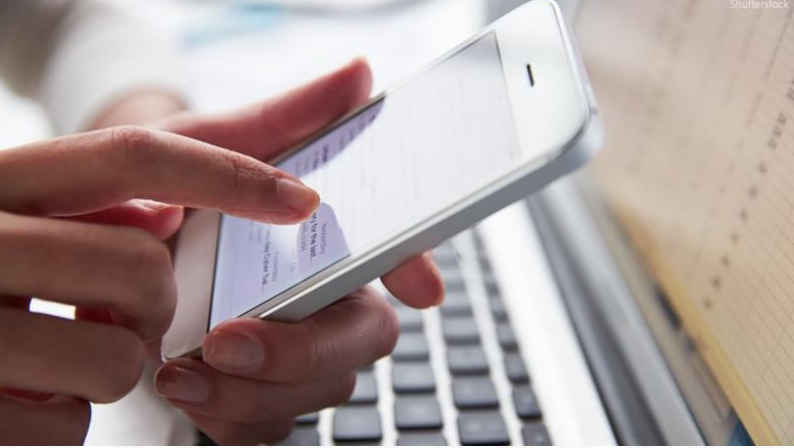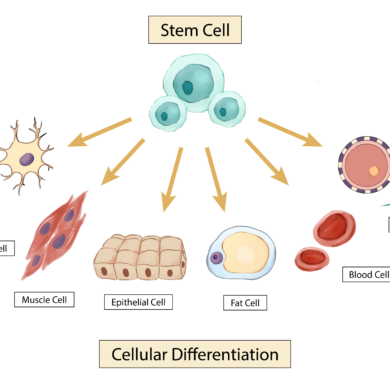[lead]Arjune Nibber | Online Reporter | SQ Online (2016-2017)[/lead]
It’s one of our greatest fascinations – the thrill of chasing after a suspect, the blinking lights and whirring machines analyzing data from a crime scene, and the incredible science behind those little clues that lead to a criminal. Through shows like Numb3rs, Bones, and CSI, many of us find ourselves enthralled by the world of forensic investigation. So it often comes as a surprise to discover the truth of forensic science: it’s actually quite mundane, with little of the Sherlock-like breakthroughs or the explosive chemistry shown on the screen. But recently, research conducted by Dr. Pieter Dorrestein and his team of scientists in the UC San Diego School of Medicine have made a discovery that could bring the reality much closer to the fantasy. By examining the molecules left in infinitesimally small amounts on the surface of a phone, it’s possible to recreate the entire lifestyle of the phone’s owner.
The study began with the question of what a criminal investigator would be able to do in the absence of fingerprints or DNA. Dr. Pieter Dorrestein believed that it was possible to use the “left-behind-skin” chemistry to make up for the lack of that information. In 2015, a previous study revealed that even after several days of not using certain products or medicines, the molecules from these materials were still found in many locations on an individual’s body. Dorrestein determined that these molecular traces could be easily transferred to objects commonly used by the subjects. His initial hypothesis proved correct, and the new experiment he developed yielded results beyond expectations. After swabbing dozens of phones, the molecules were analyzed through mass spectrometry, a process that ionizes chemical species in order to sort and identify them. These samples were then run through a molecular database, and with these results, the researchers were able to produce ‘lifestyle read-outs’ for the owner of each phone.

Each phone provided an abundance of molecules to paint the picture of the owner’s life. Molecules commonly found in high end cosmetics or hair products indicated that the owner was most likely female. The relative amounts of certain molecular traces determined a person’s taste for beer over wine. Molecules found months after the use of a product, such as mosquito repellents or medications, indicated time spent outdoors on a camping trip and treatment for past medical conditions. Shockingly, if a molecule was unique enough to be traced back to a specific location, the screen of a phone even told researchers where a person had been, and where they were likely to go again.
The results of this study have enormous practical applications. Suspect pools could be easily narrowed down through a better understanding of the culprits’ potential lifestyles. Medication compliance in difficult patients could be examined through the presence of the drugs’ molecules on the hand. Environmental regulations could be more accurately assessed by determining what pollutant molecules are actually reaching the human population. Criminal investigations, airport security screening, clinical trial selections, physician consultations, and environmental exposure studies could all greatly benefit from this concept of “left-behind-skin” chemistry. Almost every surface you touch could easily tell the story about who you are, where you’ve been, and what you are likely to do next.
[hr gap=”0″]
Sources:
- https://www.washingtonpost.com/news/innovations/wp/2016/11/18/one-swab-from-the-surface-of-your-smartphone-can-tell-scientists-all-about-your-lifestyle/?utm_term=.faf9857e4517
- http://theweek.com/articles/662657/what-smartphone-germs-say-about
- https://www.universityofcalifornia.edu/news/what-molecules-your-cellphone-screen-reveal-about-you

